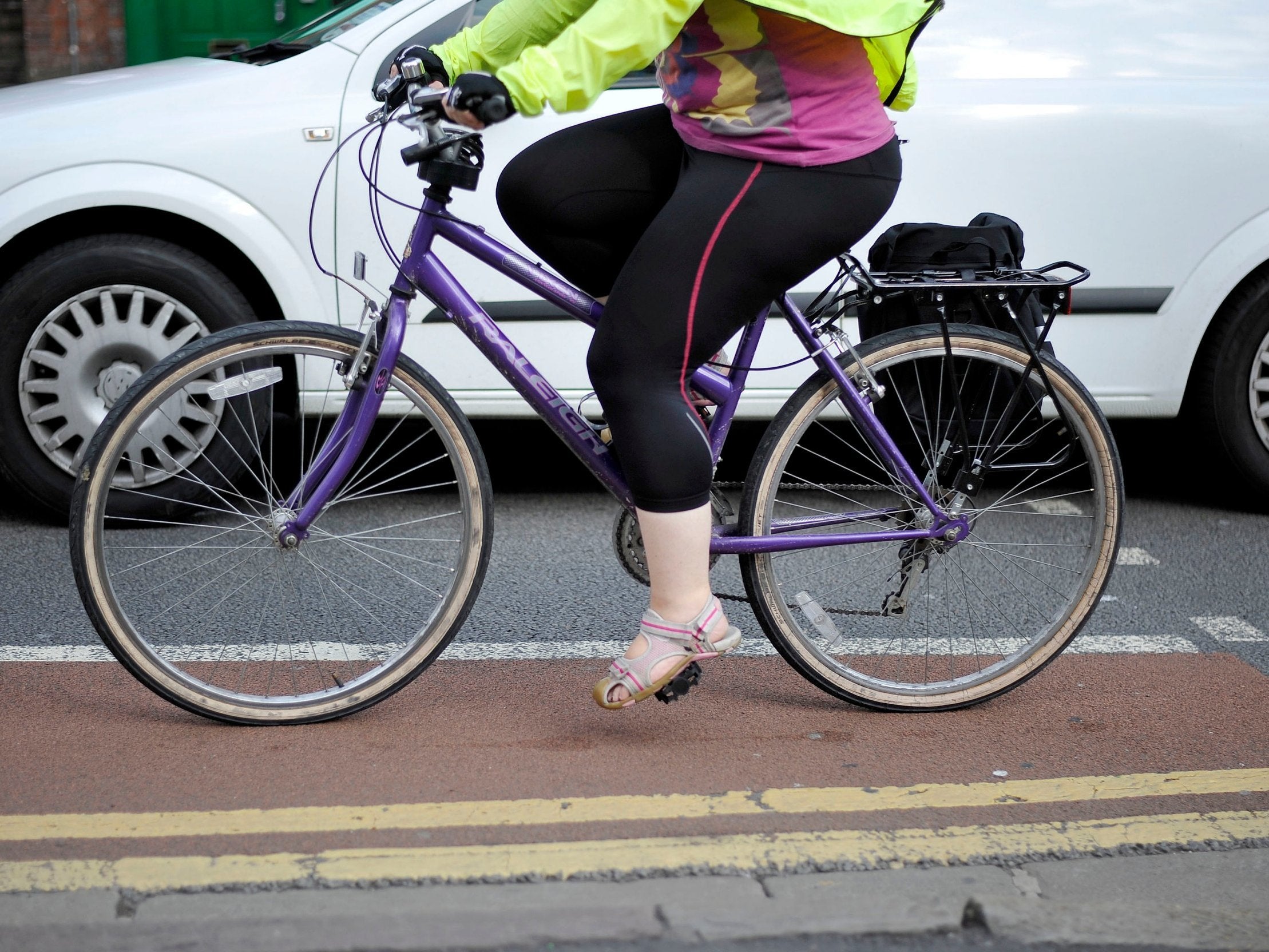Government orders crackdown on dangerous drivers with police unit to catch culprits
New police group to analyse evidence of bad driving captured on helmet and dashboard cameras

Your support helps us to tell the story
From reproductive rights to climate change to Big Tech, The Independent is on the ground when the story is developing. Whether it's investigating the financials of Elon Musk's pro-Trump PAC or producing our latest documentary, 'The A Word', which shines a light on the American women fighting for reproductive rights, we know how important it is to parse out the facts from the messaging.
At such a critical moment in US history, we need reporters on the ground. Your donation allows us to keep sending journalists to speak to both sides of the story.
The Independent is trusted by Americans across the entire political spectrum. And unlike many other quality news outlets, we choose not to lock Americans out of our reporting and analysis with paywalls. We believe quality journalism should be available to everyone, paid for by those who can afford it.
Your support makes all the difference.Dangerous drivers are to be targeted by a new police team under a government plan to protect cyclists and pedestrians.
Under the scheme, the government will strengthen protections for vulnerable road users including ensuring existing fines for parking in bike lanes are more rigorously enforced.
Ministers are also considering whether insurance companies could offer discounts to motorists who pass a cycle safety course.
As part of a two-year scheme encouraging people to cycle and walk, members of the public will be able to submit evidence of dangerous driving captured on helmet and dashboard cameras to a police “back office unit” for analysis.
Local authorities are already allowed to ban drivers from dangerously parking in mandatory cycle lanes by using yellow line markings, but they have until now relied on traffic wardens to catch drivers flouting the rules.
Under the proposals, the government would allow councils to use cameras to track drivers who break the rules with a penalty of up to £130 in London and £70 in the rest of the UK.
“This will enable councils to provide more comprehensive and responsive deterrence against vehicles blocking cycle lanes,” the plan stated.
“This will help improve safety because cyclists will not be forced to swerve into the main carriageway. “
Among the other ideas in the plan, which is a government response to a consultation that received 14,000 responses, is a new target for councils to spend 15 per cent of their transport budget on cyclists and pedestrians and the appointment of a new “cycling and walking champion”.
Cycling and walking groups welcomed the proposals, but expressed disappointment it did not emphasise the importance of lower road speeds, which they say is the primary danger faced by cyclists and pedestrians.
People who travel on two wheels are 63 times more likely to be killed or seriously injured than car drivers, according to research from road safety charity Brake.
Joe Irvin, chief executive of pedestrian charity Living Streets, said: “Too often people walking pay the ultimate price on our roads. This is unacceptable and we need opportunities like this to make our roads safer.
“Looking to improve the Highway Code for walking and cycling, and appointing a cycling and walking champion can help make our streets safer for everyone.
“Lower speed limits in urban areas, more time to cross at light-controlled crossings, better street maintenance and constraints on pavement parking can all help encourage people to choose these cleaner and healthier ways to travel.”
Joshua Harris, director of campaigns at road safety charity Brake, said: “People who choose to cycle or walk should be able to do so in a safe and welcoming environment; active travel is not only great for personal health but public health too.
“With cyclists and pedestrians among the most vulnerable on our roads, safety, and the perceptions of safety, need to be addressed to encourage more people to leave their cars at home and get active.”
Jesse Norman, cycling and walking minister, said: “We want to improve air quality, encourage healthy exercise, reduce obesity and boost our high streets and economic productivity.
“That means more support for cycling and walking, and that’s why these new measures are designed to deliver.”
Join our commenting forum
Join thought-provoking conversations, follow other Independent readers and see their replies
Comments